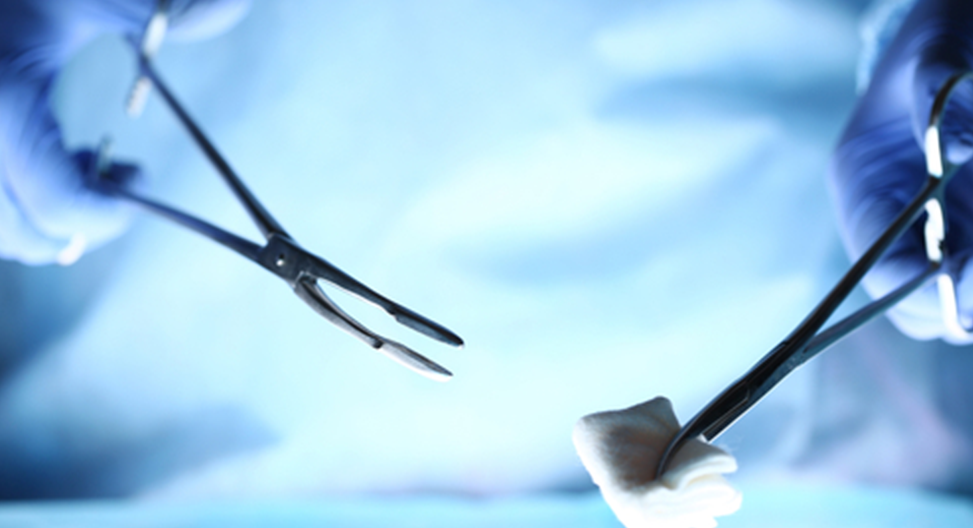
What is Erectile Dysfunction?
Causes of Erectile Dysfunction
How to diagnose Erectile Dysfunction
Treatment of Erectile Dysfunction
Further information and links
Erectile Dysfunction or erectile dysfunction is the inability to gain an erection which is sufficient for penetrative intercourse. This is a very common problem which affects approximately 40-50% of men who are over the age of 40. The condition can become more problematic as men get older. Men are often very reluctant to seek advice regarding Erectile Dysfunction but there are now several treatment options available to help with this condition.
Erectile dysfunction has been associated with a number of medical conditions.The common medical conditions which can lead to erectile dysfunction include:
Diabetes
Any risk factor for heart disease
High blood pressure
High cholesterol or lipids
Underlying hormonal problems, e.g. low testosterone
Medications being taken for other conditions
Erectile dysfunction can also be due to psychological causes, particularly if patients are in the younger age group and can also be due to underlying stress and anxiety, undiagnosed depression and relationship problems. Those patients with an underlying psychological cause for the problem can also be treated in combination with psychosexual therapy.
The assessment of patients with erectile dysfunction involves a clinical examination and a clinical history which will establish whether there is an underlying physical cause accounting for the problem or whether the issue is mainly psychological. If men are able to gain early morning erections then this indicates that the underlying physiological mechanisms are intact. However if they are unable to gain any erection or achieve only a partial erection then it is likely that there is an underlying medical problem causing the erectile dysfunction. A physical examination assesses the weight and height of the patient in order to calculate the Body Mass Index (BMI) and also examines the genitalia in order to ensure that there is no physical abnormality with the penis or testicles. Basic investigations include performing a urine test to check for diabetes and also checking the blood hormone and lipid profiles.
More complex investigations may also include ultrasound Doppler examinations of the penis to check the arterial inflow and also specialised overnight studies which measure the erections whilst the patient is asleep, known as Nocturnal Penile Tumescence Studies (NPT Studies).
Initially some lifestyle modifications can help mild erectile dysfunction. These include weight loss, smoking cessation and a reduction in alcohol intake. Regular exercise can also help.
Medical treatment involves the use of oral medication called PDE-5 inhibitors. There are currently three different kinds available on prescription, Cialis®, Viagra® and Levitra®. Provided that patients are not taking any nitrates for ischaemic heart disease, these medications are an effective first step to see if there is any improvement in the erectile dysfunction.
If the PDE-5 inhibitors do not improve the erections, then there are alternative treatments which include prostaglandin injections (Alprostadil) which are inserted directly into the side of the penis. A very fine needle is used and the most popular preparation is easy to use as it is available in a pre-filled syringe. An alternative option is to insert the prostaglandin into the urethra. Again this is an easy technique to learn and is preferred by some patients who do not want to use intra-cavernosal injections.
If all the medical treatments fail then there is an option of undergoing surgery. This involves the insertion of a penile prosthesis. This is an artificial device which provides rigidity and girth for penetrative intercourse and is available in two types. The malleable prosthesis involves the insertion of two semi-rigid rods into the penis – this provides permanent rigidity and is a simpler procedure to perform. The alternative is a three piece inflatable penile prosthesis which consists of two inflatable cylinders, together with a special pump which is inserted into the scrotum and this is used to inflate and deflate the prosthesis. This is a more complex procedure to perform but the overall satisfaction rate is over 85% for patients.
Mr Muneer offers a full service to diagnose and treat erectile dysfunction, including investigating patients with Penile Doppler Studies. He also undertakes penile prosthesis surgery for those patients with end stage erectile dysfunction.
Useful link:
www.menshealth.uk.com
Submit your email and stay in touch with us